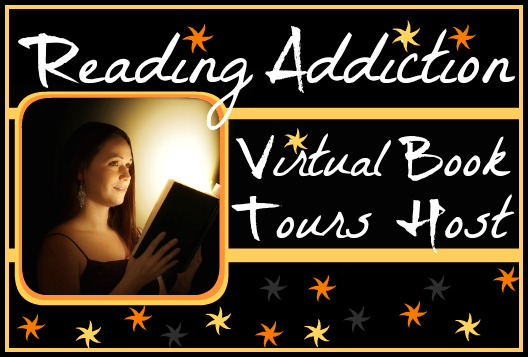
Genre: Historical Fiction/Literary
1442: The Ottoman Turks are advancing through the Balkans with Vienna in their sights and Constantinople, the Orthodox Greek capital, within their grasp. Dracul, ruler of Wallachia (present-day Romania), will pay almost any price to save his country, but he will not surrender to the blackmail of the cardinals of Rome; he will not betray the Greeks.
When Vlad, his middle son, begins to show signs of the ancestral sickness, Dracul vows to deliver him into safety. But time is running short. To some, Vlad Dracula is a strigoi, the worst of all evils; to others, he is the son of a righteous man. Confrontational, charismatic and manipulative, he tests family and enemy alike. Surely he is destined for power, but of what kind?
As the Ottomans plot to take Constantinople, the future of Vlad Dracula becomes a weapon for those who would preserve the Golden City of the Eastern Church. The Catholics are afraid of him; the Greeks hold the scrolls that tell of his past. And when the Sultan calls for the services of a soothsayer, even the shrewd teller of fortunes is unprepared for what he learns.
PRE-ORDER ON AMAZON
Review:
The year 1442, the land of Wallachia is situated in an advantageous place for the upcoming capture of Constantinople by the Ottamans. Wallachia is ruled by Dracul and might seem like an impenetrable stronghold. Dracul believes himself and his middle son, Vlad to be cursed by the malady of the stirigoi causing them to have periods of sickness and then increased strength along with restless nights. Upon visiting the court of Murad II, the Ottaman Sultan, Dracul is forced to leave his Vlad and his youngest son, Radu as hostages under the watchful and vehement, vengeful eye of Murad's son, Mehmet. While under Mehmet's roof, Vlad becomes stronger in janissary training, but his affliction becomes more apparent; to some this makes Vlad appear weaker, however to others this makes him more powerful and to be feared. While Mehmet dreams of conquering Constantiople to Vienna, his dreams are seen differently by his father's soothsayer and one man stands in Mehmet's way.
Everyone knows the story surrounding Vlad Dracula, however the real history of how he came to be so revered and feared at the same time is just as interesting. I had no idea of Wallachia or his childhood going into the story, so this part of the history was very interesting to me as Vlad really was kept as a vassal of the Ottoman empire. The characters of Dracul, Vlad and Radu can be seen as very real characters going through very difficult circumstances. Of course, Vlad was brought to life the most for me as well as his adversary, Mehmet. Through these two men, the internal and external struggles of good vs. evil are highlighted throughout the story. The myth of the strigoi combined with the tale of Zalmoxis was very intriguing to me and I loved how it intertwined through the story from a fear that the farmers of Wallachia seem to have, to a possible medical condition carried through the Dracul line, or a curse placed upon the family; the reality of the condition is kept in the dark, but places the possibility of the supernatural just enough to keep you wondering. Overall, a wonderful story combining historical fiction of the conquest of Istabul and the rise of Count Dracula.

I was born in Bournemouth in 1964. My first book, GIOCONDA, which I began in 2007 and finished in 2010, is a novel about the life of Leonardo da Vinci. Although some of Leonardo’s work was familiar to me then, the idea only came to me when I fell upon a print of the Mona Lisa in the aisles of a supermarket one day. One avenue of research led to another, and since then Gioconda has been translated into several languages, winning Spain’s Hislibris prize for historical fiction in 2012.
For the past few years I have been busy writing and teaching, stopping only to eat, sleep and travel. When I am not writing, I review other people’s work for Bookmunch. I enjoy being surprised by things I didn’t think I’d like, be it books or new experiences. And of course I love History.
For more information, please visit Lucille Turner’s website and blog. You can also find her on Facebook, Twitter, and Goodreads.




















 RSS Feed
RSS Feed



